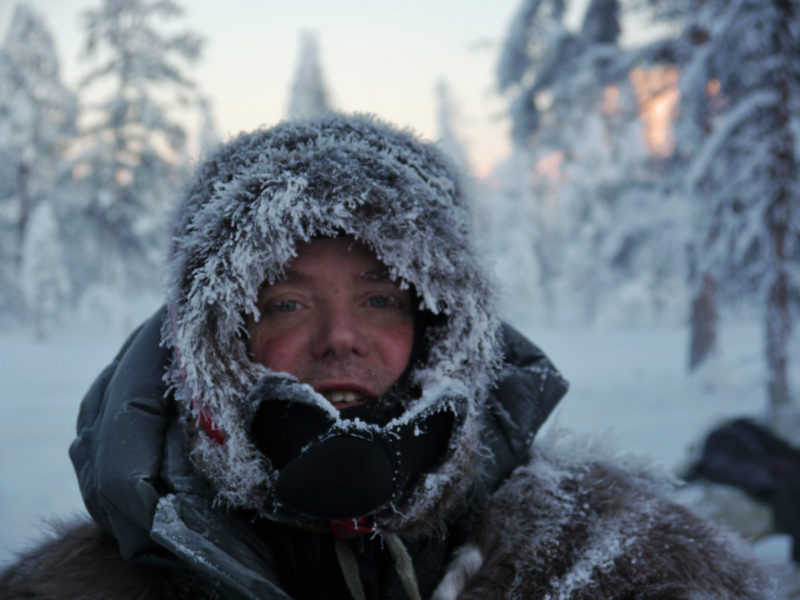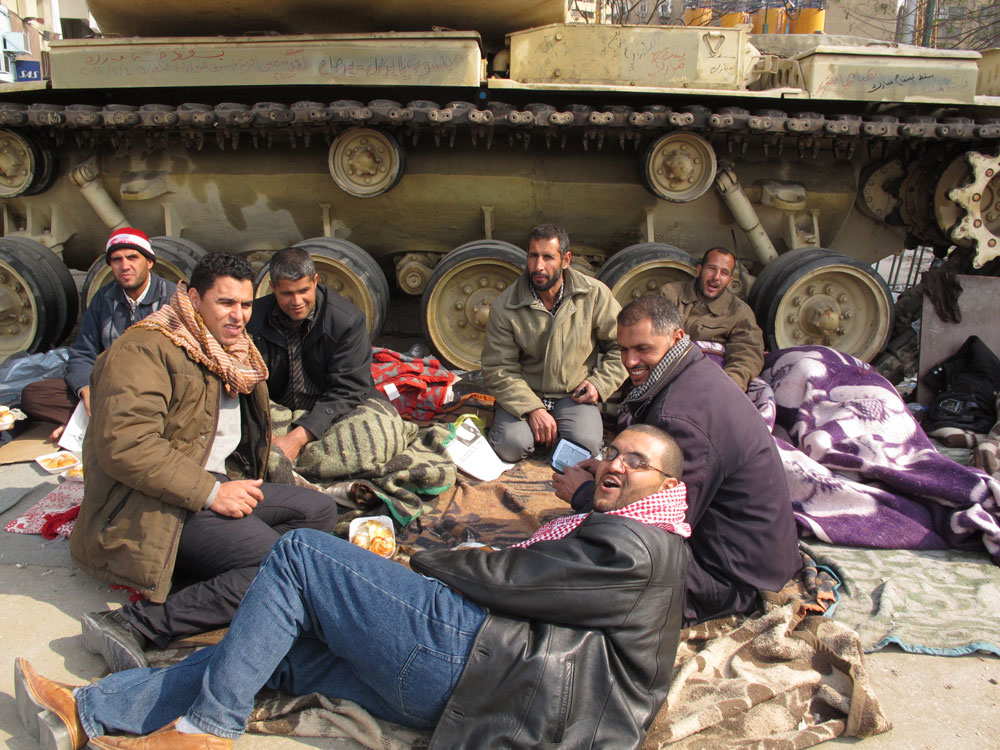Since the brave and inspiring Pam is preparing for a classic crossing of the Greenlandic Icecap, and the fact that I actually sent off 20 kg:s of equipment to her yesterday, I have been thinking about my own experience of travelling, skiing, walking, dogsledding, reindeerpulled and living in the Arctic. I think I dare to say I know what I am talking about. Right now I am also drinking a steaming hot glass of Swedish low alcohol glögg with raisins and nuts, reminding me how nice it is to be indoors! But I will be discussing the Arctic environment in winter and cold.
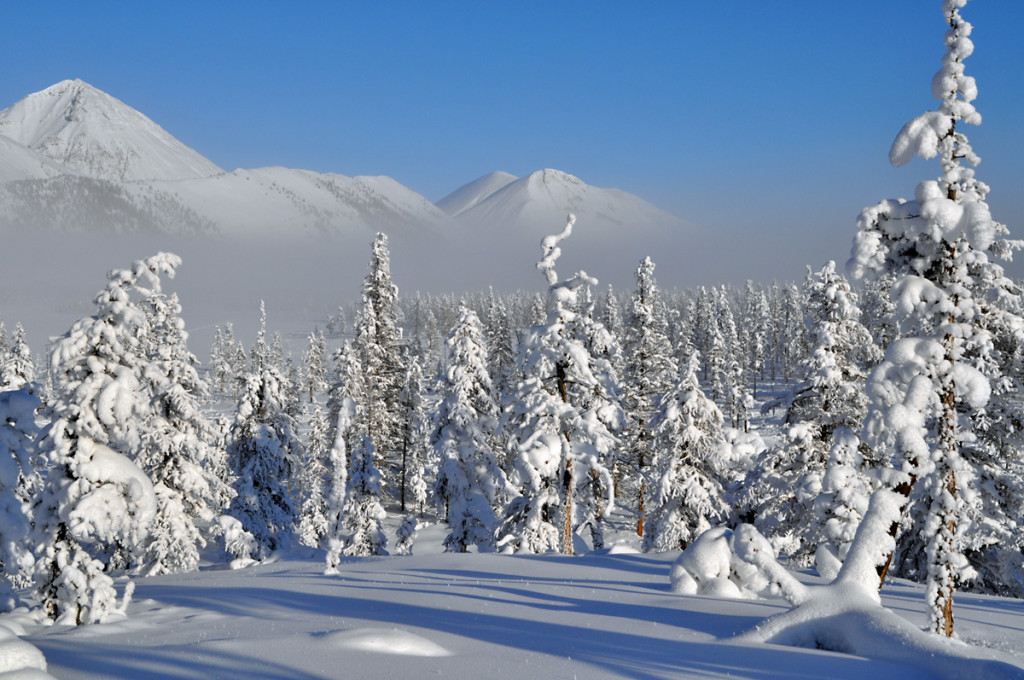
Basically we are talking about an Arctic environment with either taiga and mountains with valleys where the deepest of snow conditions will be found, or just taiga (forest). Then we have tundra which means no trees but dominated by erratic winds, sastrugi and flatness. Or moving ice, no land, but with open leads, water, pressure ridges and wind. Like the classic North Pole trips. I like the first choice, since I am brought up on lakes, rivers and in forests and love bringing the axe to do fires for comfort and survival.
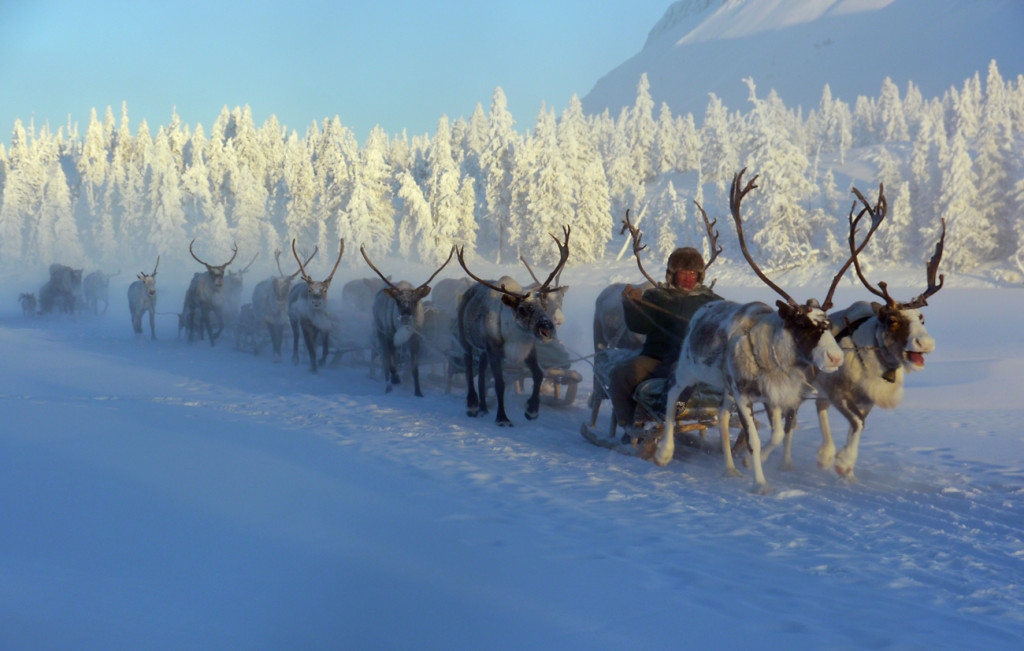
There´s obviously many ways to travel, but I will completely delete any motorized ways to travel, since for me that goes against my belief of being close to the environment and fully understanding what is needed to survive and enjoy life at the same time. Obviously local people, who live permantly in the Arctic, if they like snowmobiles or other ways to travel, that is fine with me, but I will touch on the subject of professional or recreational travel in the Arctic. Most who ventures for sport or travel in the Arctic today, do it as recreational travel.
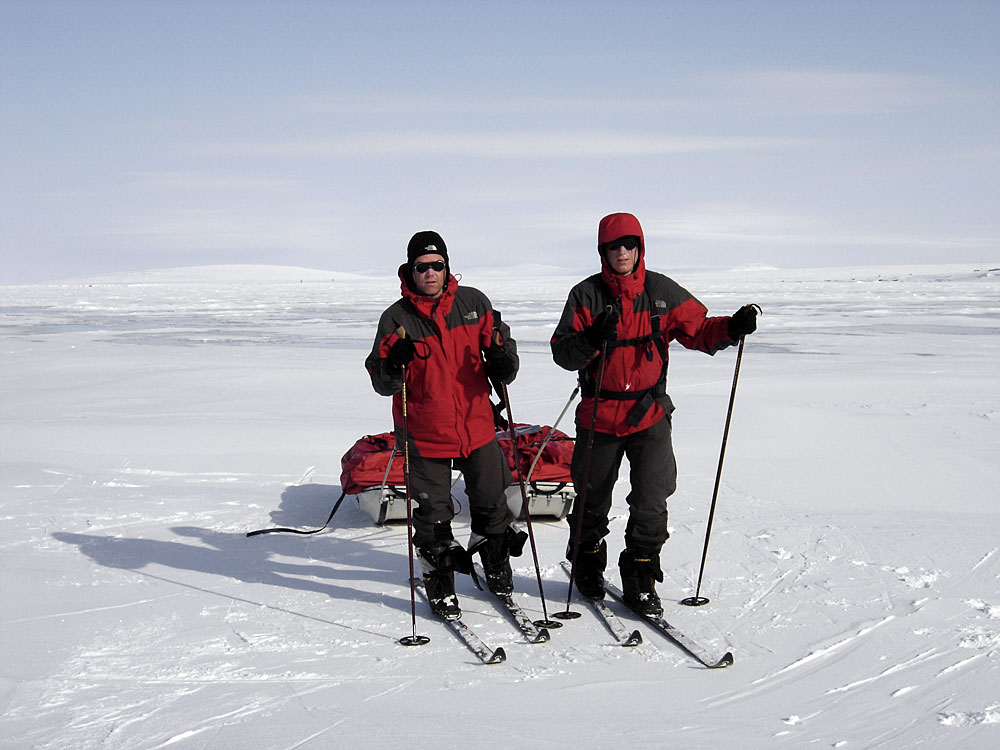
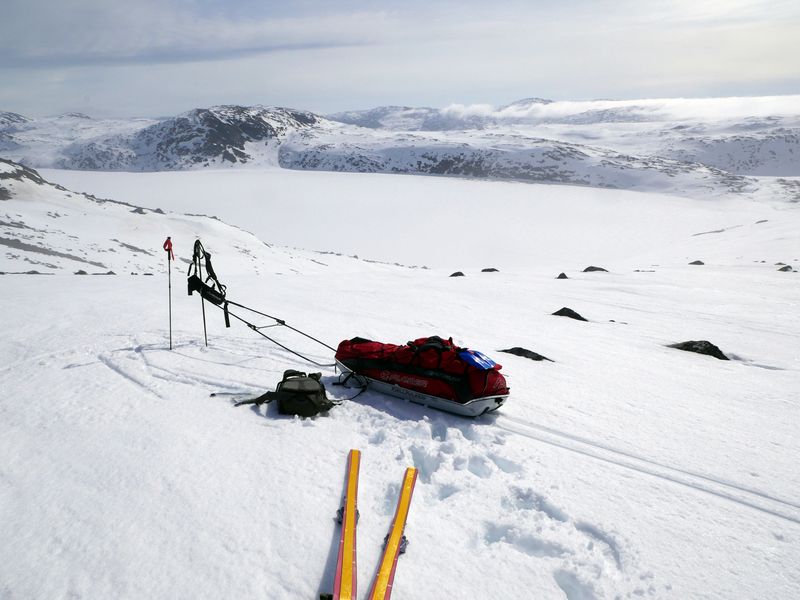
I am also just concentrating on journeys where a single person does most of the work. E.g. bring everything, clothes, tent, fuel and food and so on. My advice and opinions are based on 33 years of travel in the Arctic, both professionally and recreationally.
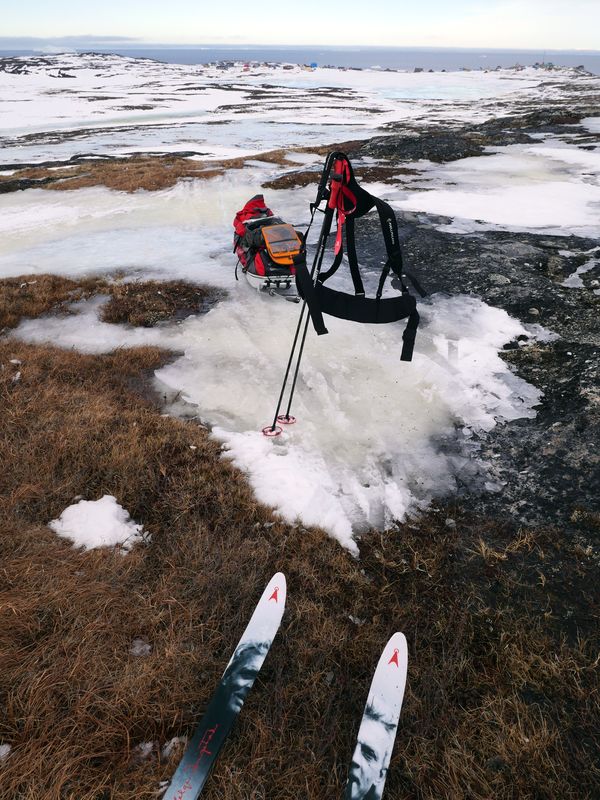
So, how do you survive any personal journey in the Arctic?
Throughout the years I have received loads of questions from beginners how to do it. Quite a few have come back to me later, after having set out on the journey of their dreams, disappointed and unhappy is some ways. Mainly because they had to give up on their pre-plan where to go and where to end up, and very much due to feeling very uncomfortable, freezing, problems cooking and generally suffering too much. A lot has to do with poor preparations.

I have written at length before about what equipment to bring, how to dress etcetera, and I have compiled a list of links below touching into these issues of Arctic travel.
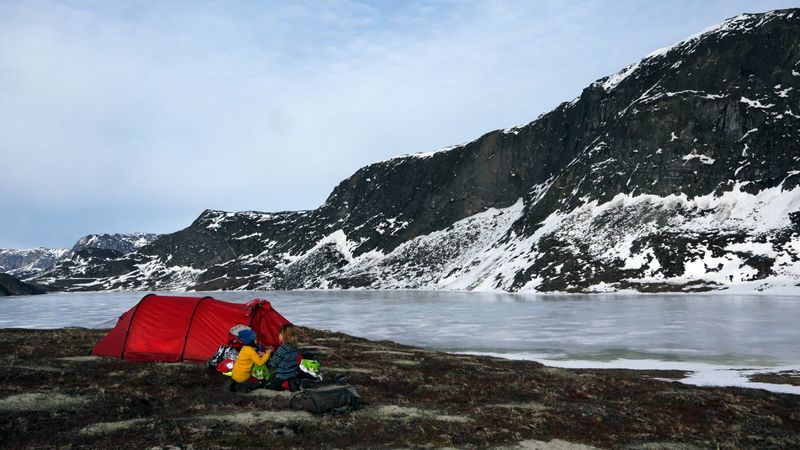
However, for safe, enjoyable and comfortable “extreme” travel in the Arctic, youo have to be able to master these skills below: (Should be practised even more the physical preparations.)
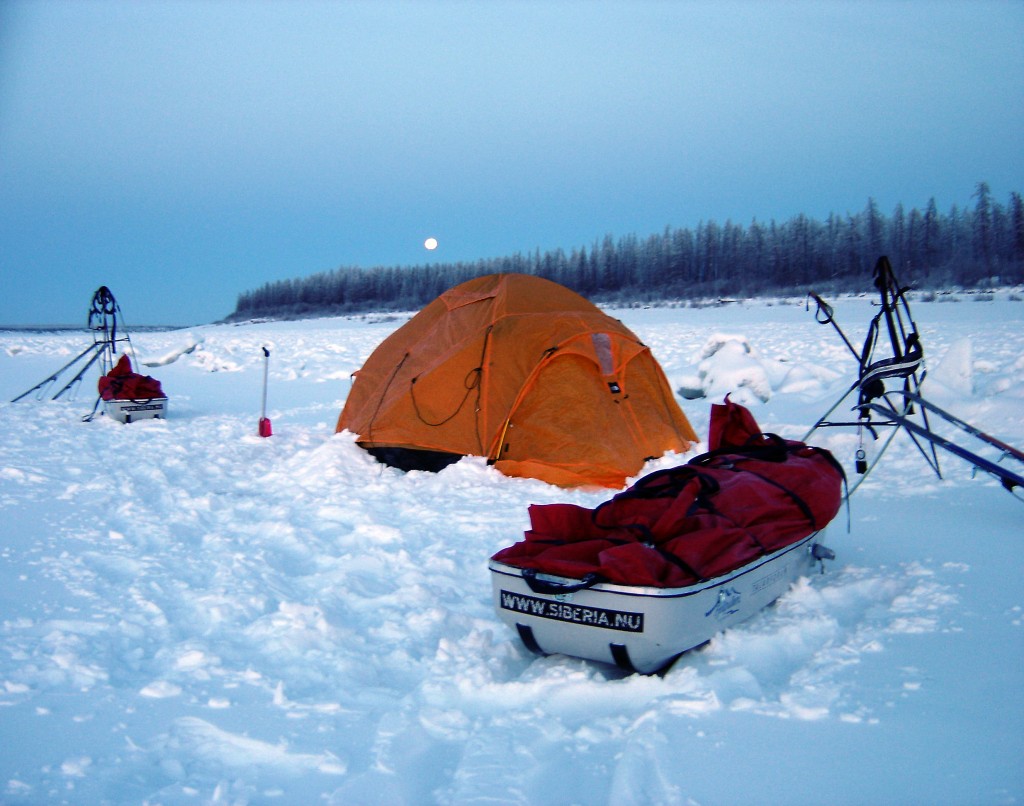
Cooking. You have to know your stove inside out, how to repair, how to change parts, clean and get it going no matter what low temperature. Food and warm water is dead important for enjoying what you do! The choice of food to bring is personal, but you get far on a spoon and knife. Make cleaning easy, uuse foodbag to it in. Bring enough fat, like frozen butter. Snow melts faster than ice. Preserve fuel, but bring enough! Test the stoves weeks before departure.

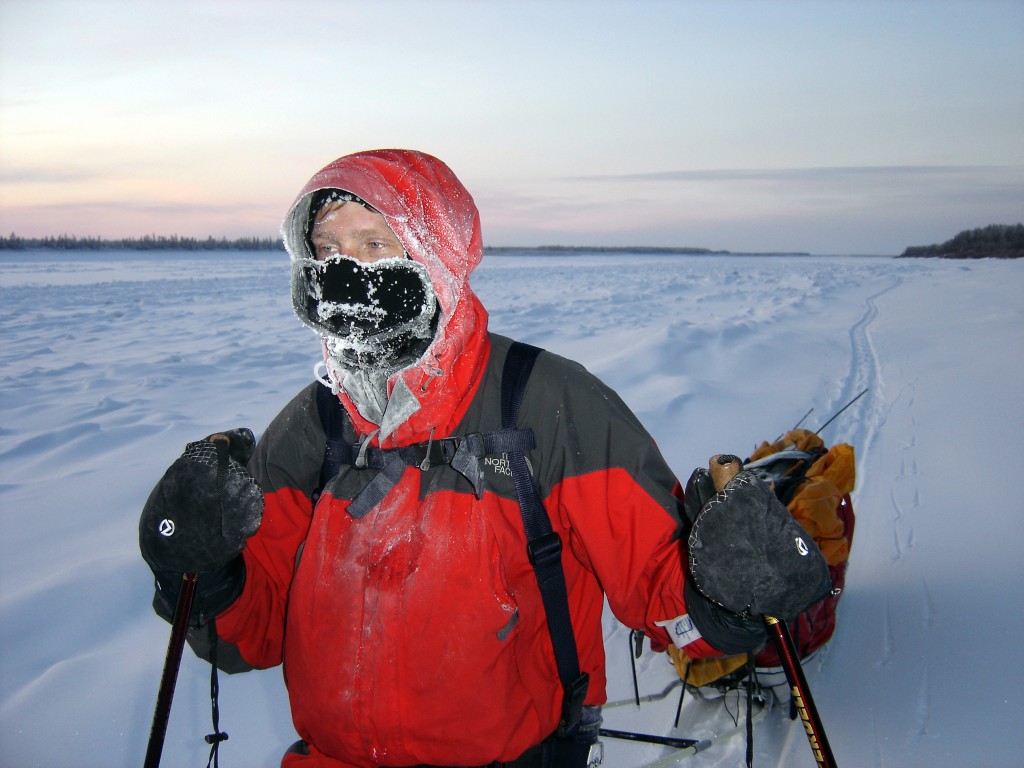
Maps. It might be hard to find detailed maps on the tundra or heading for the North pole, but where they exist, use them and figure out what is ahead.
Prepare. prepare.Prepare. The more your prepare, the better you enjoy it. I am almost sure I have spent more than 2500 nights in the tent, so it is written in the back of my head, so even if I have been away for years, I easily find my ways as soon as the tent comes out.
Enjoy life. It goes without saying, the more you prepare, you enjoy life, whilst preparing and when executing your dream.
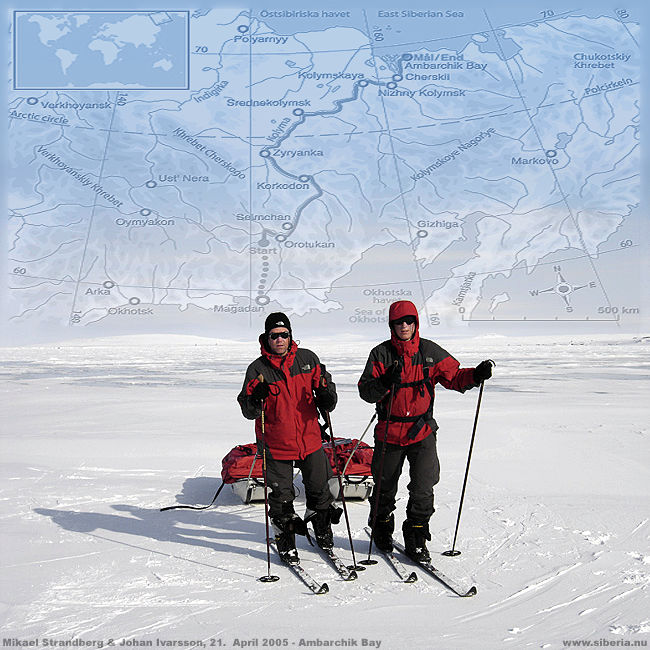
Links as regards to Arctic Expedition and survival:
- 10 invaluable items I would bring on a really cold Expedition
- Regarding the choice of equipment during polar travel
- Choice of clothes in the Arctic and Antarctica
- Extreme cold, the layer system
- 10 best items of equipment I would bring ona Polar Expedition
- Sleeping in a tent in -50
- Lessons from the extreme cold
- Extreme series, how to dress in the Polar World
- 46 items to bring whilst hiking in the north
- The North Pole; Nothing But Frozen Water
- Polar Bear Necessities
